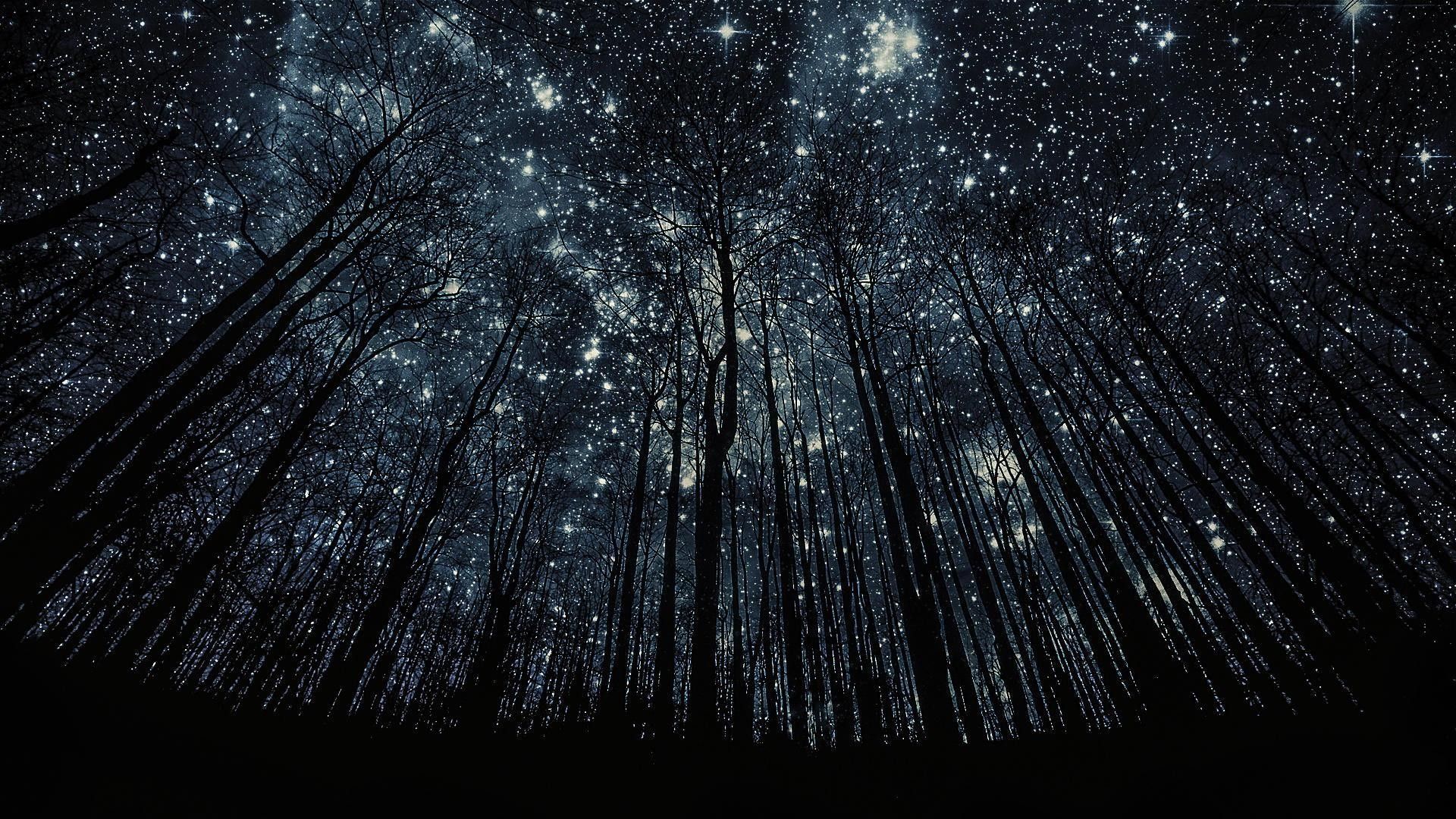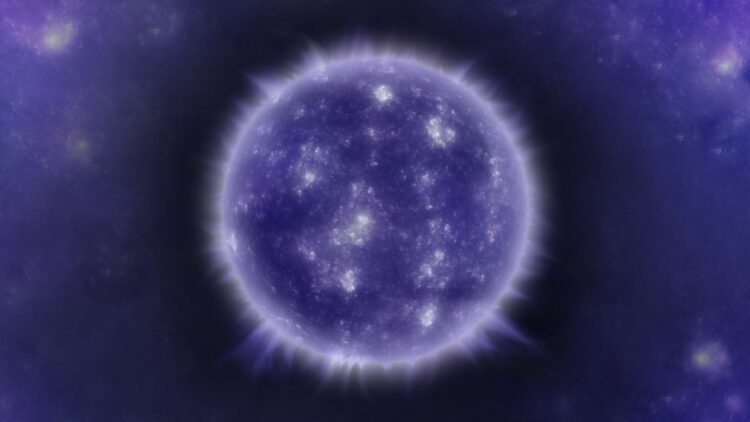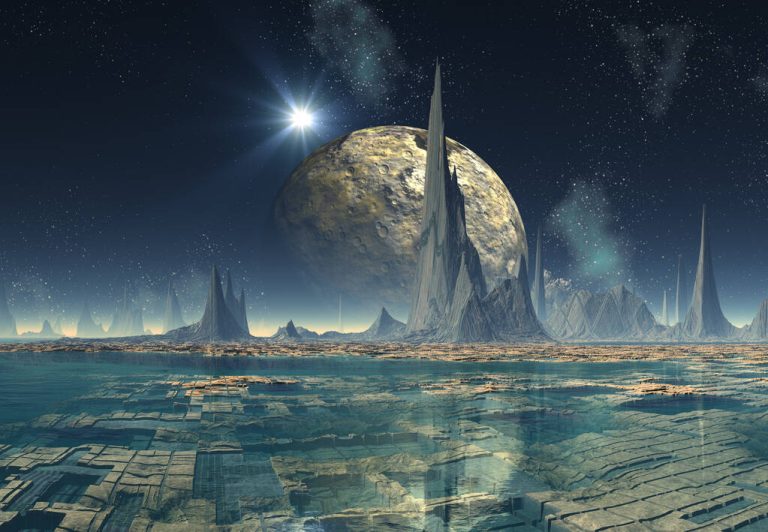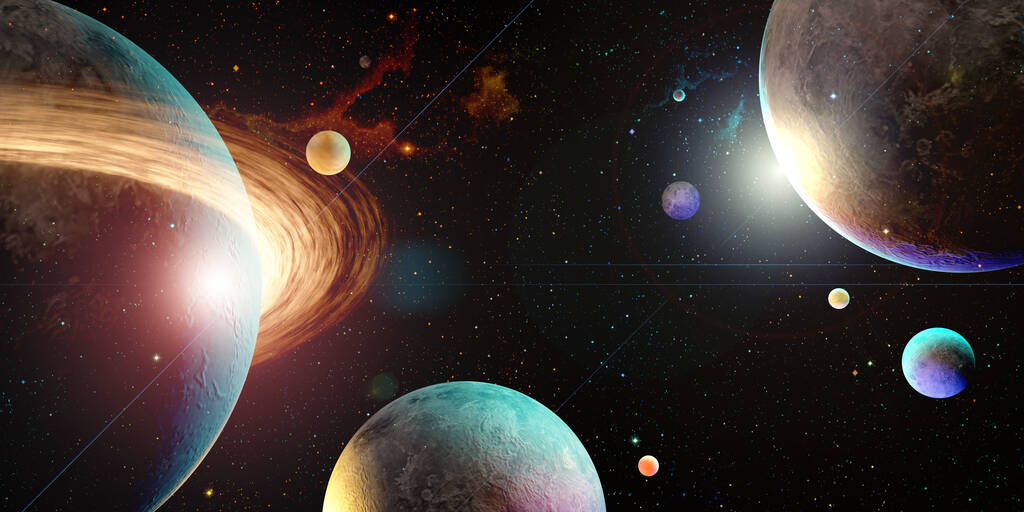First Dark Stars Found: The Space Race is On
Dark stars, fueled by dark matter instead of nuclear fusion, may reshape our understanding of the early universe. Their unique properties could offer new insights into dark matter dynamics and the origins of supermassive black holes.
Summary
- Dark stars might have powered the early universe using energy from dark matter annihilation
- They are thought to be massive and luminous, yet cooler than traditional stars
- The James Webb Space Telescope (JWST) has captured images that suggest the presence of these elusive objects
- Recent candidates, such as JADES-GS-z13-0, JADES-GS-z12-0, and JADES-GS-z11-0, exhibit unusual light signatures
- Discovering dark stars could provide direct insight into the properties of dark matter
- These stars may explain the early appearance of supermassive black holes
- Ongoing astrophysical research is bridging theory and observation in stellar evolution
- The study of dark stars is changing our view of cosmic evolution
- Cutting-edge telescopes and international collaborations are key to this research
- Dark stars challenge traditional models of star formation and energy production

Introduction
Astrophysics is entering an exciting new phase with the possibility that dark stars—celestial bodies powered by dark matter—might exist. Unlike ordinary stars that shine due to nuclear fusion, dark stars are theorized to gain their energy from the annihilation of dark matter particles. This idea has long fascinated scientists who study the universe’s infancy. The discovery of these objects could offer an unprecedented glimpse into the hidden aspects of the cosmos and answer some of the most puzzling questions about dark matter and early stellar evolution.
What Are Dark Stars?
Dark stars are a unique class of stellar objects that may have lit up the early universe. Instead of relying on nuclear fusion like conventional stars, these mysterious bodies might use energy released from the self-annihilation of dark matter particles. This process heats the surrounding hydrogen and helium, causing the primordial clouds to glow and expand dramatically. The energy production in dark stars could be so efficient that they grow to enormous sizes, possibly reaching up to a million times the mass of the sun while maintaining relatively low temperatures.
Below is a table comparing the key differences between dark stars and regular stars:
| Property | Dark Stars | Regular Stars |
|---|---|---|
| Energy Source | Dark matter annihilation | Nuclear fusion |
| Temperature | Relatively low compared to their mass | High, due to intense nuclear reactions |
| Mass | Potentially up to a million times that of the sun | Typically up to a few tens of solar masses |
| Luminosity | Exceptionally high despite lower surface temperature | Directly related to fusion rate and core temperature |
| Formation Site | Early universe minihaloes with high dark matter density | Molecular clouds in galaxies |
This comparison highlights the stark differences between these two types of stars and emphasizes why the potential discovery of dark stars is so revolutionary for our understanding of the cosmos.
Discovery through the James Webb Space Telescope
The launch of the James Webb Space Telescope (JWST) has opened new frontiers in our exploration of the universe. JWST’s high-resolution imaging and sensitive instruments allow astronomers to peer back into time and examine the early universe. Recent observations have uncovered several objects whose properties do not match those of traditional galaxies. Instead, they appear more consistent with the theoretical expectations for dark stars.
Candidates such as JADES-GS-z13-0, JADES-GS-z12-0, and JADES-GS-z11-0 were initially classified as galaxies. However, their light spectra and physical characteristics suggest that they might be individual, supermassive stars. Their unique absorption patterns in the light spectrum hint at the possibility of dark matter interactions occurring within these stars. This potential breakthrough could help resolve one of the greatest mysteries in astrophysics: the nature of dark matter.
The following table outlines the key characteristics of the candidate dark stars identified by JWST:
| Candidate | Redshift | Notable Properties |
|---|---|---|
| JADES-GS-z13-0 | ~13 | Unusual light spectrum, significant luminosity |
| JADES-GS-z12-0 | ~12 | Properties aligning with theoretical dark star models |
| JADES-GS-z11-0 | ~11 | May represent a transitional phase in stellar evolution |
These observations are just the beginning, and more data will be needed to confirm whether these objects are indeed dark stars or if another explanation is required.
The Scientific Impact of Dark Stars
The potential confirmation of dark stars could have profound implications for our understanding of both stellar evolution and the nature of dark matter. If these stars exist, they could offer a direct method to study dark matter interactions—a subject that has remained elusive for decades. Astrophysicist Katherine Freese, a strong advocate for dark star theory, has noted the transformative impact that such discoveries could have on modern physics.
The existence of dark stars would also provide a potential solution to another cosmic puzzle: the early formation of supermassive black holes. Current models struggle to explain how such massive objects could have formed so soon after the Big Bang. One hypothesis is that dark stars, after exhausting their energy source, could collapse under their own gravity to form black holes. These black holes might then grow rapidly, explaining the presence of supermassive black holes in the early universe.
Beyond theoretical implications, the practical side of this discovery could reshape observational strategies. With a better understanding of dark matter’s role in star formation, astronomers might develop new techniques to search for these stars. This, in turn, would open a new window into the early stages of cosmic evolution and allow us to refine our models of galaxy formation.
The search for dark stars is not just an exploration of a theoretical concept; it is a journey to uncover the origins of our universe. The intriguing possibility that dark matter may fuel these massive stars presents a paradigm shift in astrophysics. With tools like the James Webb Space Telescope, researchers are closer than ever to confirming the existence of these enigmatic objects. Their discovery could answer longstanding questions about dark matter and early cosmic evolution, leading to breakthroughs that might one day explain the formation of supermassive black holes and the structure of the universe itself.
Facts
- Dark stars are not completely dark: They shine brightly due to dark matter interactions even though their temperatures are lower than typical stars.
- JWST is pivotal: The James Webb Space Telescope is a key instrument in helping us observe the earliest phases of the universe.
- Cosmic enigmas: Dark matter makes up approximately 85% of the matter in the universe, yet its properties remain largely unknown.
- Stellar evolution redefined: The existence of dark stars could lead to a major revision of our models of star formation.
- Interdisciplinary impact: This research brings together astrophysics, cosmology, and particle physics in a unique way.



